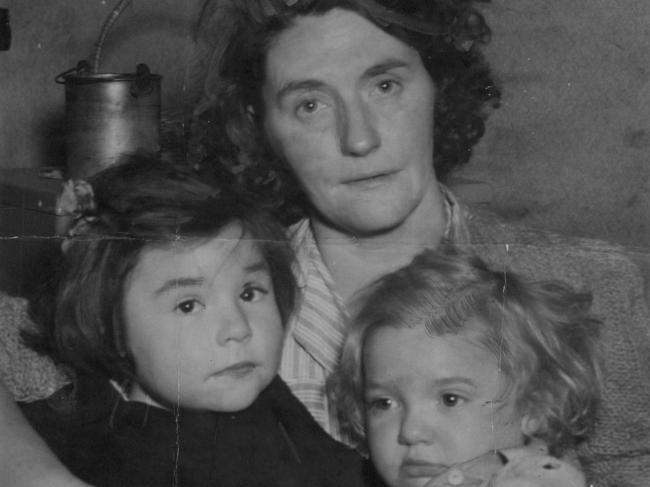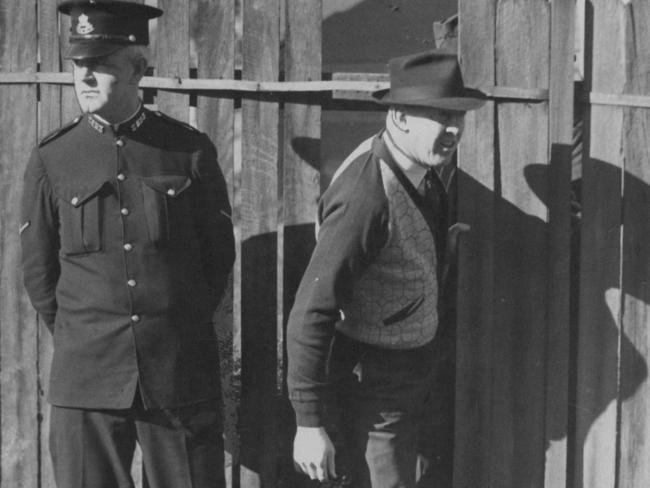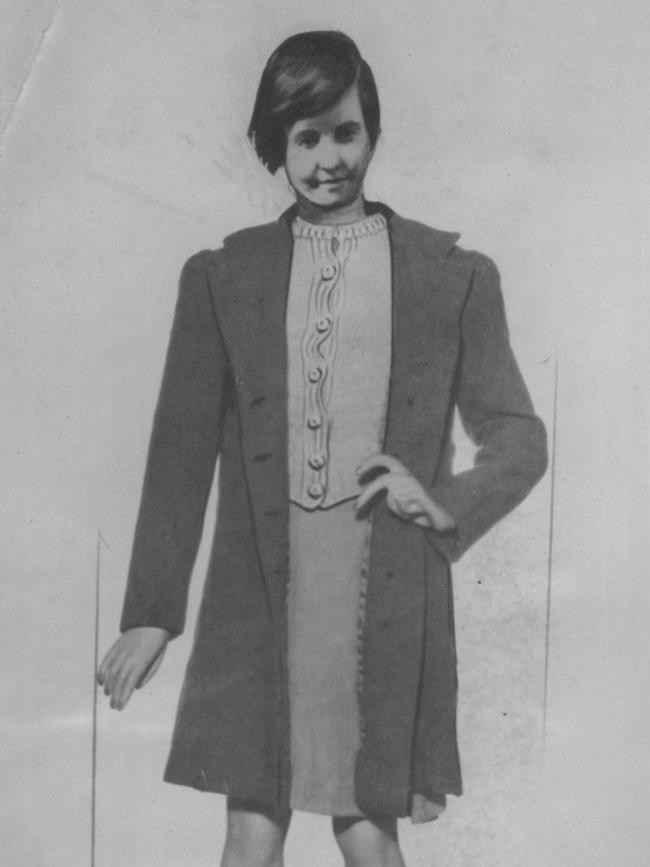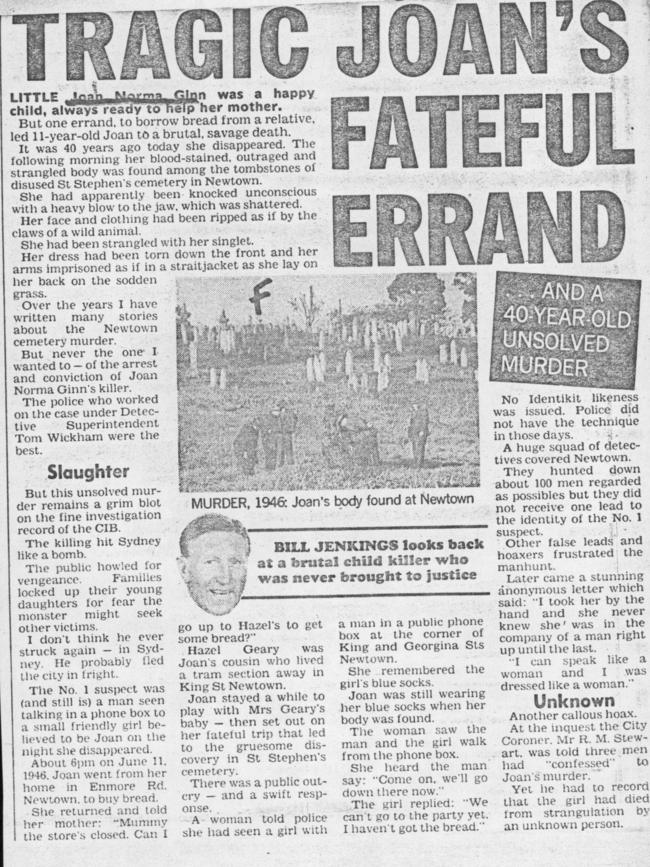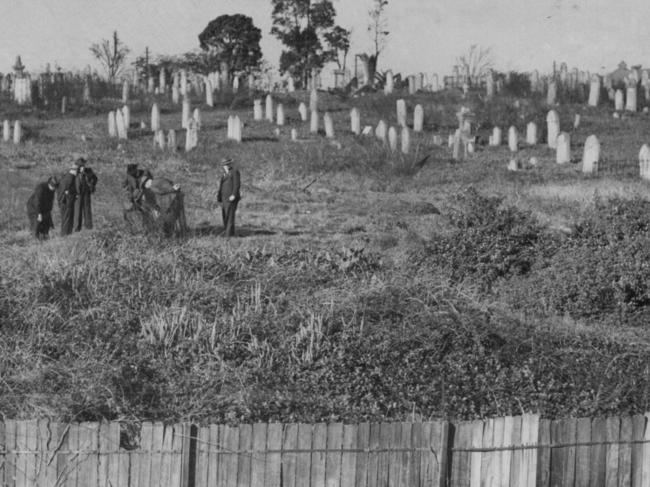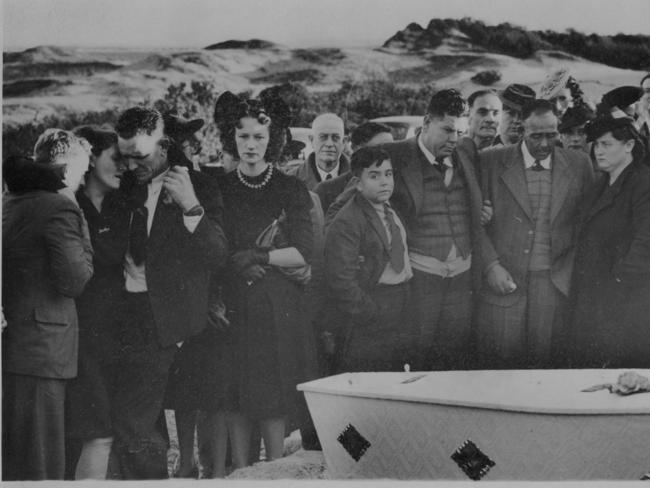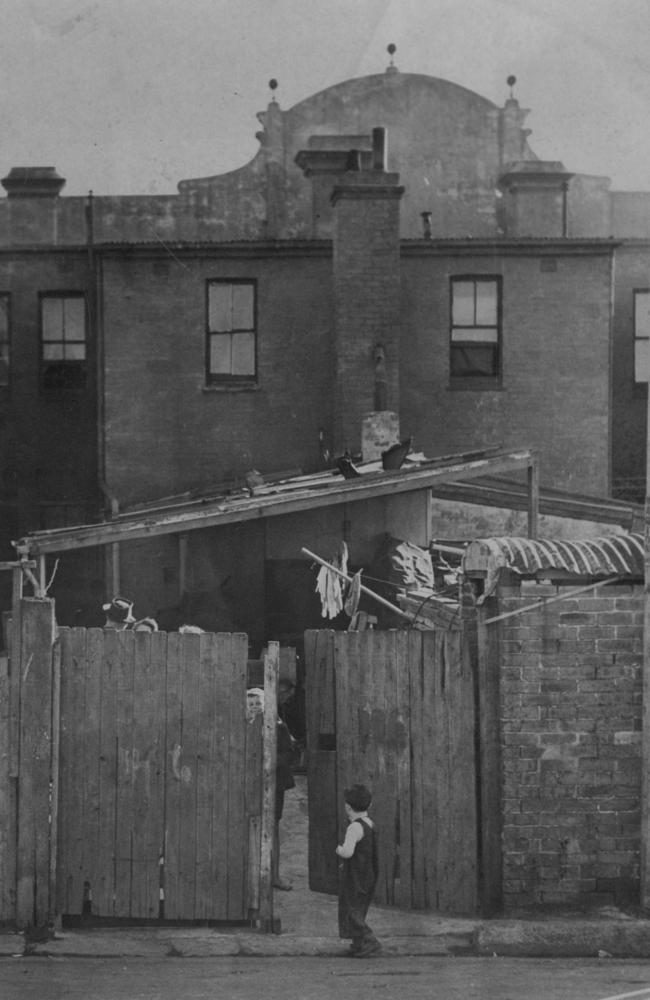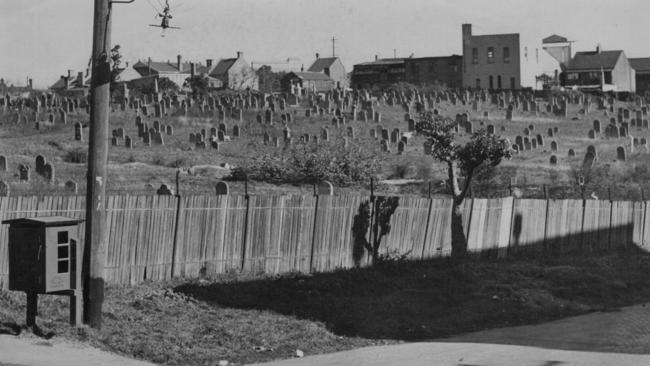How hoaxers hindered search for child killer
A YOUNG girl running an errand for her mum is strangled with her own clothing and brutally abused in a cemetery. With a monster at large, terror strikes a city, but that doesn’t stop hoaxers playing their own sick games.
Cold Cases
Don't miss out on the headlines from Cold Cases. Followed categories will be added to My News.
THERE are many tragic tales associated with Camperdown cemetery in Sydney — from the jilted recluse cited as an inspiration for Charles Dickens’ Miss Havisham to the mass grave for victims of the sinking of The Dunbar, in which 121 people died.
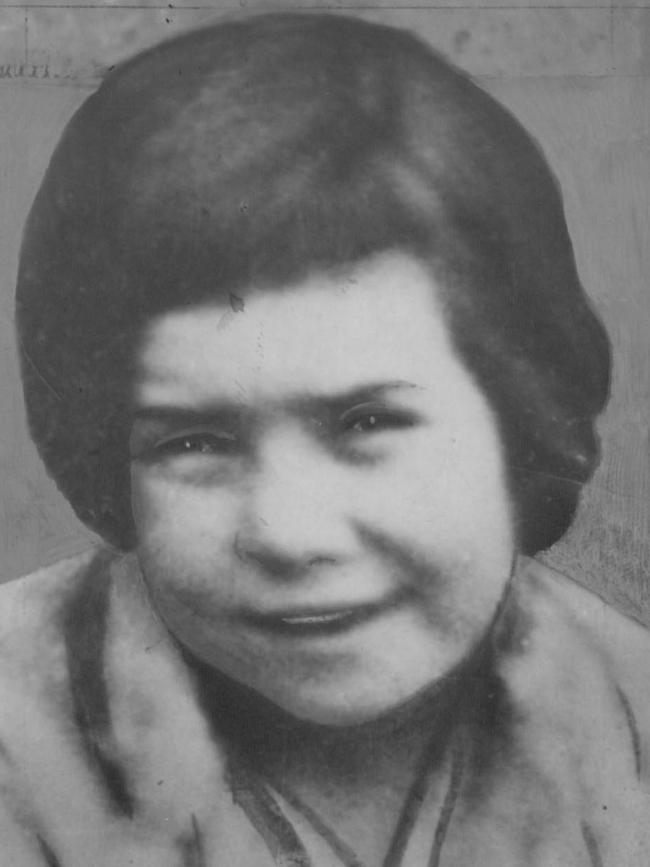
But one event stands out in the stories of loss and suffering even after more than 70 years — because the innocent child at the centre of this tragedy was raped and killed at the cemetery not buried there.
In 1946, the graveyard around St Stephen’s church in Newtown was much larger then it is today, with it’s reputation for attracting “undesirables” playing a part in ensuring much of the land was converted to a park after Joan Norma Ginn’s awful death.
It was a case that truly shocked the city.
FOLLOW: True Crime Australia on Facebook and Twitter
The 11 year old’s “strangled and brutally outraged nude body” was found in the cemetery the morning after she left home on an early evening errand for her mother.
She had been bashed — perhaps knocked unconscious — then strangled with strips of her singlet, while her arms were restrained with the sleeves of her own cardigan.
“Over the years I have written many stories about the Newtown cemetery murder. But never the one I wanted to — of the arrest and conviction of Joan Norma Ginn’s killer,” wrote respected crime writer Bill Jenkings 40 years on.
“The killing hit Sydney like a bomb. The public howled for vengeance.
“Families locked up their young daughters for fear the monster might seek other victims.”
PICTURE SPECIALS: Policing in the 1950s | 1960s | 1970s
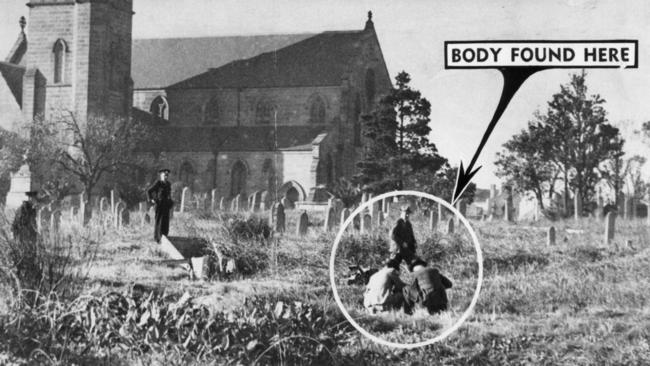
Joan had gone out after tea to get bread for her mother, safely visiting a relative before heading to a local shop.
Exactly how she crossed paths with her killer remains unclear, but when she hadn’t arrived home as expected her mother and stepfather raised the alarm, joining police in an all-night search.
Her body was found in the grass of the historic cemetery the next day.
“If I could only get my hands on the fiend who killed her for two minutes, there would be no need for a court to try him,” said Joan’s mother, Elizabeth Norris.
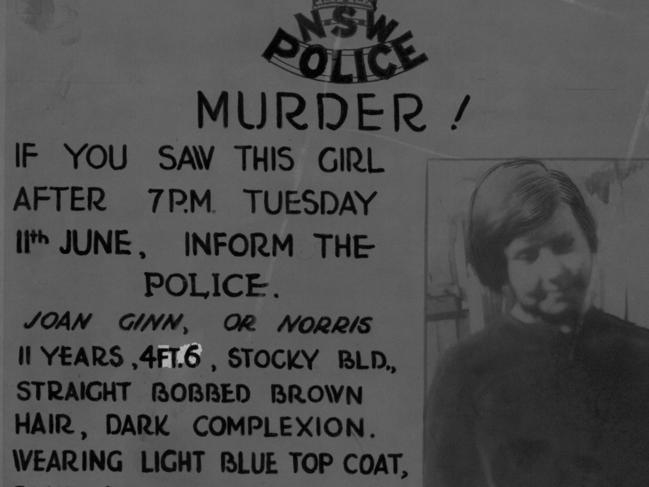
Witnesses at the subsequent inquest told of seeing Joan in the company of a man on June 11, the last day she was seen alive.
Two did not get a good look at his face, but described him as looking “as if he wanted a shave” and appearing “untidy”, according to a report at the time.
The third, local woman Letitia Byrnes, offered more information, having seen Joan and a man in a phone box at the corner of Georgina and King Streets.
She said the man looked dirty and smelt of alcohol, and as they left the phone box he told Joan: “We’ll go down this way.” Joan seemed reluctant, saying she hadn’t got the bread yet.
The police investigation was frustrated by hoaxes — including three men who the coroner heard had confessed to the murder before being ruled out by detectives.
Jenkings also reported on one shocking anonymous letter, reading: “I took her by the hand and she never knew she was in the company of a man right up until the last.
“I can speak like a woman and I was dressed like a woman.”
It was he said just another callous hoax.
A report from 1950 says police “interviewed at least 400 known sex perverts and maniacs”.
But the murder remained unsolved, and the coroner could only record that Joan had died from strangulation by a person unknown.
